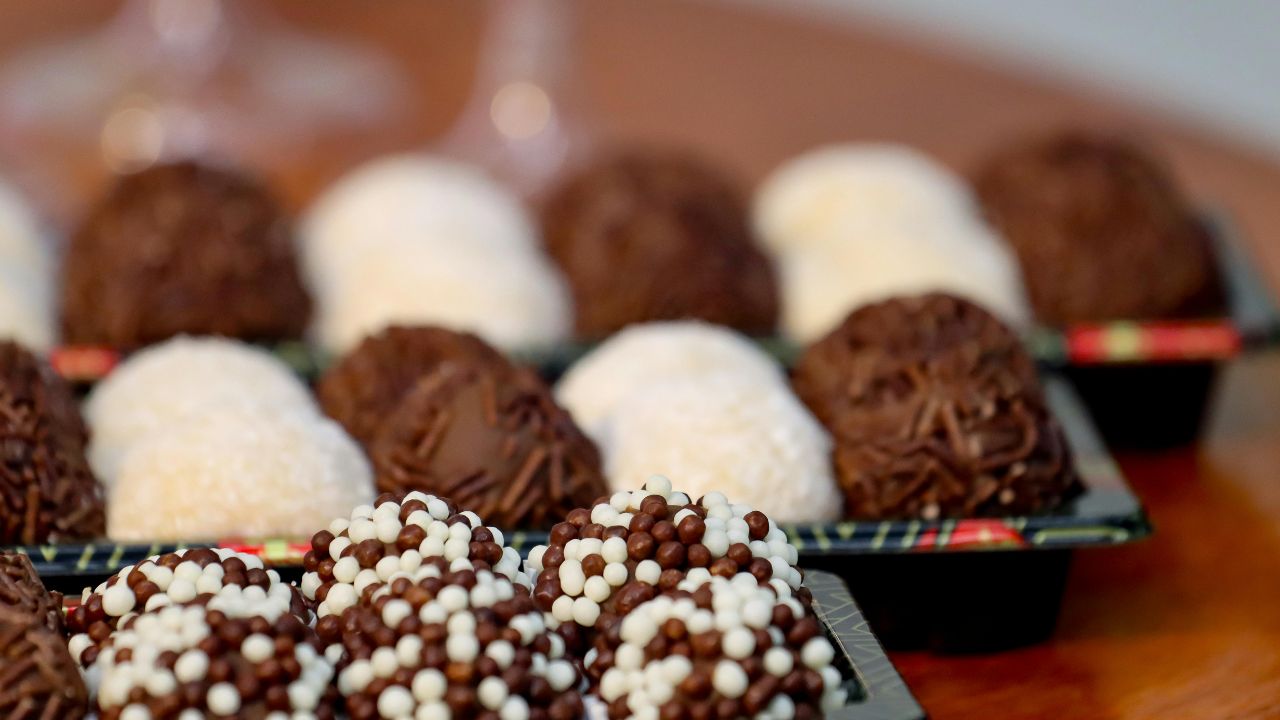Apart from its amazing landscape and rich legacy, Ireland presents some of the most mouthwatering sweets available worldwide. From creamy chocolates to nostalgic hard sweets, irish candy confectionery delivers on every mouthful a taste of warmth and legacy. This book will introduce you to famous delights, tell their stories, and explain why Irish sweets are worth savouring whether your journey to the Emerald Isle or you wish to discover their confections from home.
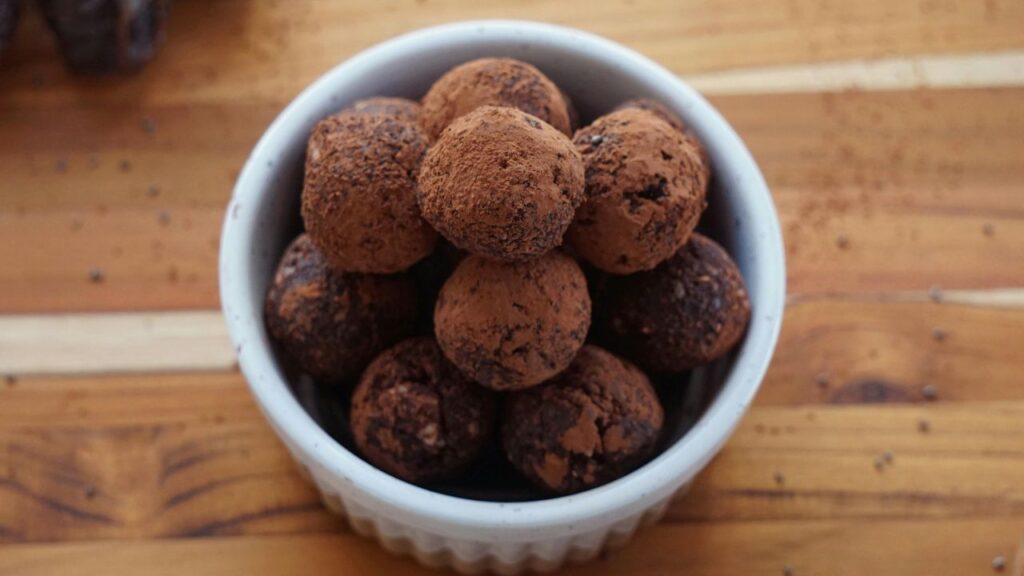
What Makes Irish Candy Unique?
Simple taste, quality ingredients, and links to local customs define Irish sweets. Many traditional Irish sweets employ rich dairy from grass-fed cows, which gives chocolates like Cadbury Dairy Milk (made in Ireland) a creamier texture than those created elsewhere. Others, such as Yellowman honeycomb or Clarnico Mint Crisps, have been savoured for decades, usually connected to holidays or family get—-together. Unlike mass-produced sweets, Irish delights sometimes give natural flavours the priority—think of real fruit jellies, dark chocolate with sea salt, or buttery toffees. Festive turns also come from seasonal favourites such as St. Patrick’s Day shamrock-shaped chocolates.
Must-Try Irish Candies and Chocolates
Without trying its classics, no study of Irish sweets is complete. Because of more dairy, Cadbury’s Chocolate—especially the Irish-made bars—bustles with a smoother, milkier flavour. Butlers Chocolate, a business with offices in Dublin, provides opulent hot chocolate mixes and truffles. For something classic, experiment with Clonakilty Toffees—buttery caramel squares wrapped in vintage-style paper—or Mikado, a chewy coconut and raspberry bar. Hard candy aficionados will love Barley Sugar Sticks, golden boiled sweets with a honey-like taste, or Irish Mint Rocks, peppermint candies sometimes imprinted with Celtic motifs. Remember Hazel Mountain Chocolate, a handcrafted brand with cocoa from their County Clare farm taken from ethical sources.
The History of Irish Candy
The history of Irish confectionery is firmly anchored in the agricultural past of the nation. Ireland’s booming dairy business became a centre for milk-based confections in the 1800s. Using fresh local milk to produce chocolates that became household names, brands such as Cadbury and Fry’s (now part of Cadbury) built up plants in Dublin. Still sold at fairs like the Auld Lammas Fair in County Antrim, traditional sweets including Yellowman, a crispy honeycomb toffee, date back to the 1600s. For families living overseas, Irish candies were a consoling link to home during difficult times, including the mid-20th century emigration tsunami. Brands nowadays strike a mix between nostalgia and innovation by including vegan choices or luxury components.
Irish Candy for Special Occasions
Candy is rather important in Ireland for festivities. While Easter provides Creme Eggs and chocolate bilbies (an alternative to bunnies), Cadbury Roses tins and Quality Street selections abound in homes around Christmas. Green-themed delicacies include chocolate coins or lollipops fashioned like shamrock abound on St. Patrick’s Day. Sugar-coated almonds are common favorites at weddings; Halloween—or Samhain—features barmbrack, a fruitcake with secret powers. Kids often enjoy Irish candied apples dipped in caramel or chocolate on birthdays. These customs reveal how sweets are woven into the fabric of Ireland.
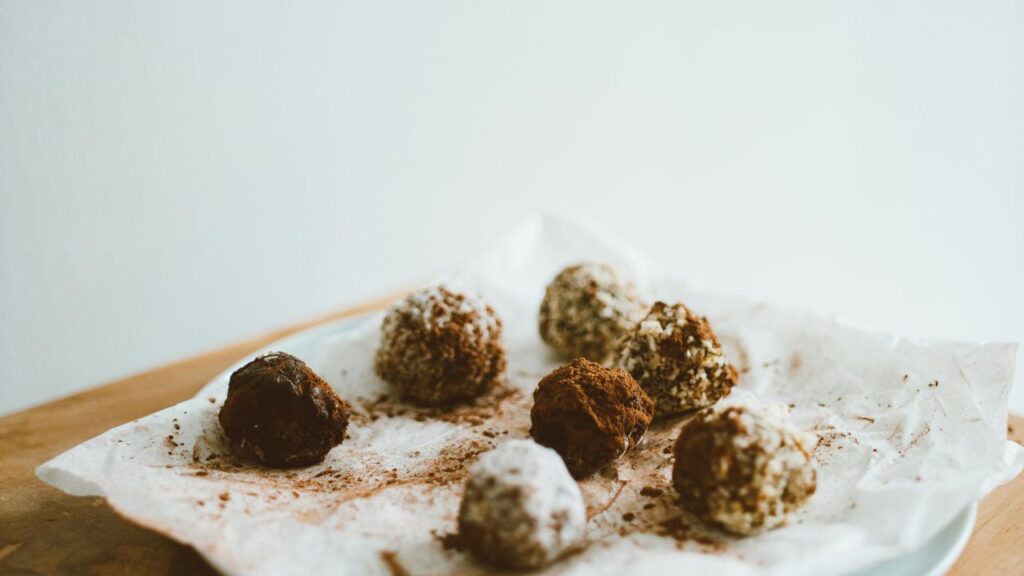
Where to Buy Authentic Irish Candy
Finding Irish sweets is not as difficult as you would believe. Travel to Butlers Chocolate Cafés or neighbourhood stores like Lolly & Cooks in Dublin in Ireland. Online merchants including Amazon, IrishGifts.com, or McDonnell’s Irish Gift Shop ship all around the world. Look for companies stressing Irish ingredients, such as Lir Chocolates, which call for Irish cream and butter, or O’Conaill’s Chocolate (produced in Cork). Handmade fudge or honeycomb is sometimes sold at farmers’ markets including Midleton Farmers’ Market. Check labels for “Made in Ireland” to guarantee authenticity while shopping elsewhere; some multinational companies copy Irish designs but lack the unique recipes.
How Irish Candy Compares to Other Sweets
Irish sweets have a unique character unlike those of other areas. Irish sweets highlight more subdued characteristics like creamy dairy, natural fruit, and premium cocoa than American sweets, which may tilt towards strong, sugary flavours. Thanks in part to Cadbury’s involvement in both nations, British sweets have some commonalities; yet, Irish variants can contain richer milk and less chemicals. European chocolates, such as Swiss or Belgian, give smooth textures top priority; Irish brands strike silkiness against rustic, handcrafted appeal. Regional specialities differ even inside Ireland; Dublin’s Butlers against County Clare’s Hazel Mountain highlights local foods and customs.
Modern Twists on Traditional Irish Candy
The Irish sweet scene of today combines invention with legacy. Dark chocolate bars made by hand chocolatiers mix Irish whisky, sea salt or even edible gold dust. Vegan choices, such Vego Chocolate (sold in Ireland), substitute hazelnut cream for dairy. Reduced-sugar snacks from health-conscious manufacturers include coconut sugar sweetened Nóinín Organic Chocolate. Like Guinness chocolate truffles, seasonal projects combine confections with famous beverages. Even traditional sweets get changes; Clonakilty Toffees today come in salted caramel or espresso tastes. These contemporary interpretations honour the heritage of Irish sweets while making it relevant.
Making Irish Candy at Home
Making Irish sweets in your kitchen is enjoyable and worthwhile. Mix sugar, butter, and condensed milk first; then add vanilla or Baileys Irish Cream. Irish fudge starts here. Boil sugar, golden syrup, vinegar, and Yellowman honeycomb; then, mix in baking soda for a frothy texture. Irish milk chocolate can be tempered for dipping pretzels or strawberries by chocolate aficiones. Try barmbrack, a spiced fruit loaf including tea-soaked raisins, if you’re feeling daring. Especially when presented in parchment paper or vintage tins, homemade sweets are heartfelt presents.
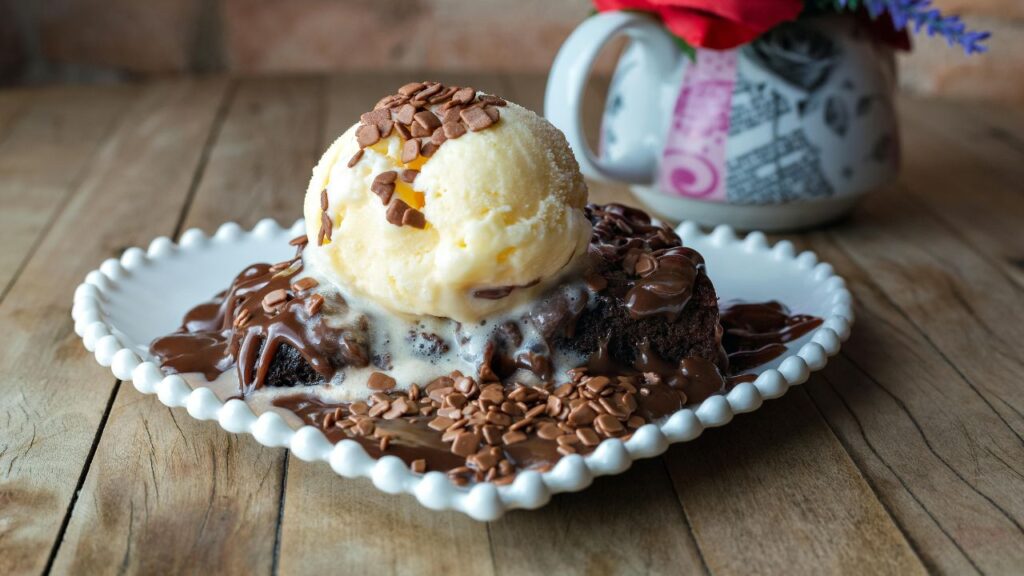
Sustainability in Irish Candy Production
Many Irish confectioners nowadays give environmental practices top importance. Lir Chocolates employs recyclable packaging; Hazel Mountain Chocolate grows cocoa in solar-powered greenhouses. Through fair-trade alliances, Butcher helps cocoa farmers; smaller firms like Skelligs Chocolate find locally sourced ingredients to lower carbon footprints. Big names like Cadbury have promised recyclable wrappers by 2025. Choosing these companies enables you to encourage moral behaviour while still enjoying treats.
Irish Candy as Gifts or Souvenirs
Popular as a gift for its appeal and portability is Irish sweets. Often bringing home Butlers Hot Chocolate tins, Clonakilty Toffees, or Guinness Chocolate are tourists. Create a sweets hamper including Irish shortbread, fudge, and a bottle of Bailey’s for a personal touch. While do-it-yourselfers load sweets into mason jars with ribbon, corporate gifters adore the customisable boxes of Lir Chocolates. Online stores provide worldwide delivery, thereby allowing loved ones living overseas to easily enjoy Ireland.
Irish Candy vs. Global Sweets
| Feature | Irish Candy | Other Candies | Why It Matters |
| Core Ingredients | Rich dairy (grass-fed cows), natural flavors (real fruit, honeycomb). | Often use artificial flavorings, preservatives, or palm oil. | Delivers creamy, authentic taste with fewer additives. |
| Cultural Ties | Linked to festivals (St. Patrick’s Day, Auld Lammas Fair) and family traditions. | Rarely tied to cultural heritage or seasonal rituals. | Offers a nostalgic, meaningful connection to Ireland’s history. |
| Sustainability Efforts | Artisan brands use eco-friendly practices (solar energy, compostable packaging). | Mass-produced candies often prioritize cost over sustainability. | Supports ethical consumption and reduces environmental impact. |
| Chocolate Quality | Irish-made chocolate (e.g., Cadbury, Butlers) has a creamier texture due to local dairy. | Global brands may use lower-fat milk or vegetable oils. | Tastes richer and smoother—ideal for chocolate lovers. |
| Traditional Recipes | Time-tested sweets like Yellowman honeycomb or Clonakilty Toffees. | Many modern candies lack heritage or decades-old recipes. | Preserves Ireland’s culinary legacy and artisanal craftsmanship. |
| Availability | Sold at local markets, Irish specialty shops, and online global retailers. | Most candies are widely available but lack regional authenticity. | Lets you enjoy a taste of Ireland, no matter where you live. |
| Innovation | Modern twists: whiskey-infused chocolate, vegan options, reduced-sugar treats. | Limited innovation beyond flavor variations (e.g., new candy bars). | Appeals to diverse diets (vegan, health-conscious) and modern tastes. |
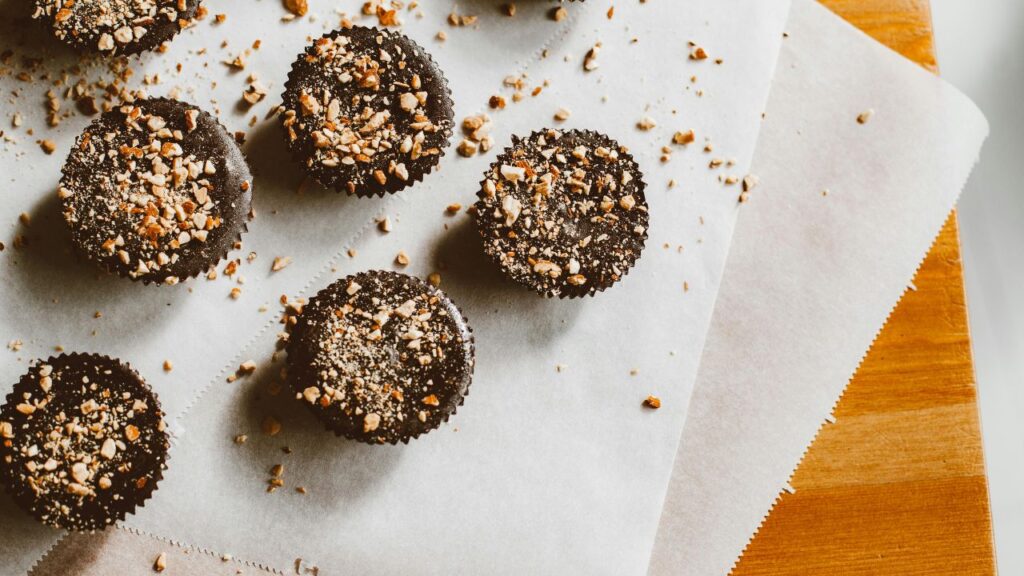
Why Irish Candy Wins Hearts
Irish candy offers a taste of history, workmanship, and Irish friendliness rather than only sweetness from its creamy chocolates to its nostalgic hard candies. Whether you’re savouring a Butler truffle or handmade hot chocolate, these delicacies help you to relax and appreciate the minor pleasures in life. Therefore, the next time you want something sweet, avoid the usual and go for a taste of Ireland.
FAQs
1. What’s the most popular Irish candy?
Top selections are Butlers Chocolate and Irish-made Cadbury Dairy Milk.
2. Is Irish chocolate different from others?
Yes! Creamier than most is what Irish dairy produces.
3. Can I find vegan Irish candy?
True; try Nóinín Organic or Vego Chocolate.
4. What’s a traditional Irish sweet?
Clonakilty Toffees or Yellowman Honeycomb
5. Where can I buy Irish candy in the US?
Online at World Market stores or IrishGives.com.
